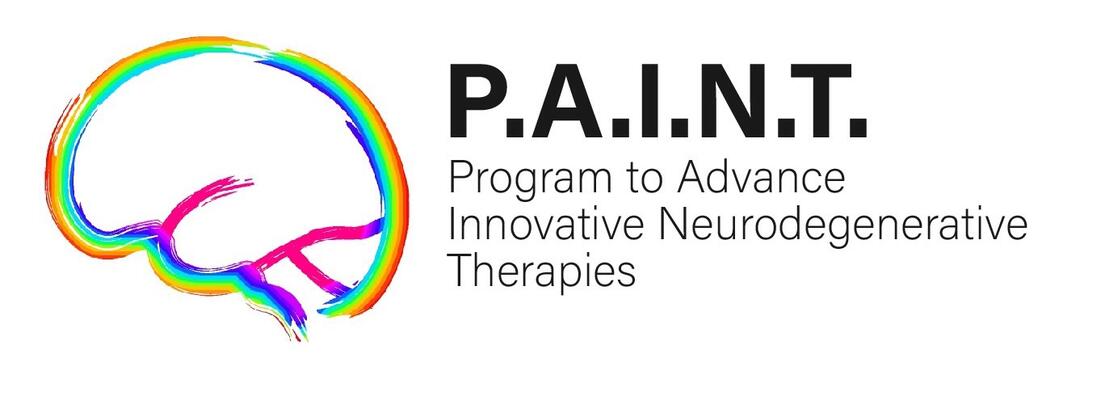BACKGROUND: Huntington's disease (HD) is a neurological disorder that causes severe motor symptoms that adversely impact health-related quality of life. Patient-reported physical function outcome measures in HD have shown cross-sectional evidence of validity, but responsiveness has not yet been assessed.
OBJECTIVES: This study evaluates the responsiveness of the Huntington Disease Health-Related Quality of Life (HDQLIFE) and the Quality of Life in Neurological Disorders (Neuro-QoL) physical function measures in persons with HD.
METHODS: A total of 347 participants completed baseline and at least 1 follow-up (12-month and 24-month) measure (HDQLIFE Chorea, HDQLIFE Swallowing Difficulties, HDQLIFE Speech Difficulties, Neuro-QoL Upper Extremity Function, and/or Neuro-QoL Lower Extremity Function). Of the participants that completed the baseline assessment, 338 (90.9%) completed the 12-month assessment, and 293 (78.8%) completed the 24-month assessment. Standardized response means and general linear models evaluated whether the physical function measures were responsive to self-reported and clinician-rated change over time.
RESULTS: Small to moderate effect sizes for the standardized response means supported 12-month and 24-month responsiveness of the HDQLIFE and Neuro-QoL measures for those with either self-reported or clinician-rated declines in function. General linear models supported 12-month and 24-month responsiveness for all HRQOL measures relative to self-reported declines in health, but generally only 24-month responsiveness was supported relative to clinician-rated declines in function.
CONCLUSIONS: Longitudinal analyses indicate that the HDQLIFE and the Neuro-QoL physical function measures are sensitive to change over time in individuals with HD. Thus, these scales exhibit evidence of responsiveness and may be useful outcome measures in future clinical trials. © 2019 International Parkinson and Movement Disorder Society.


